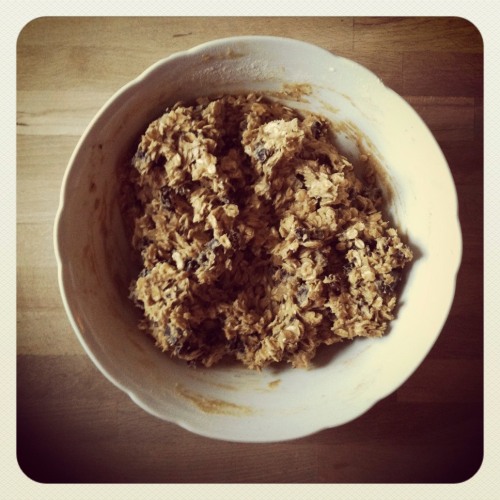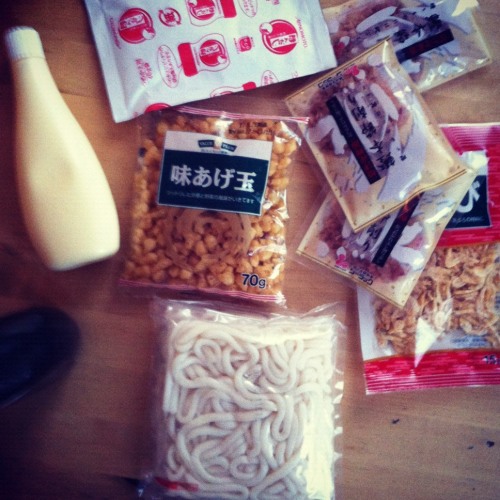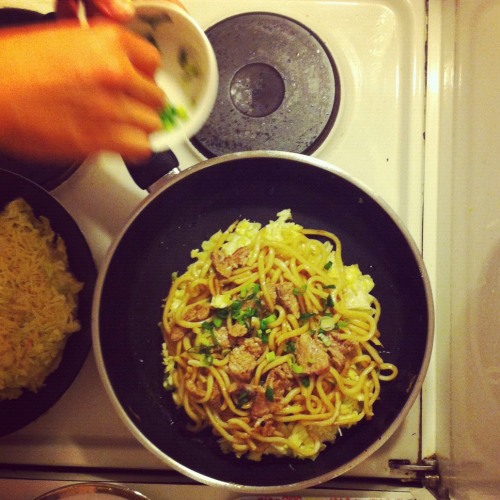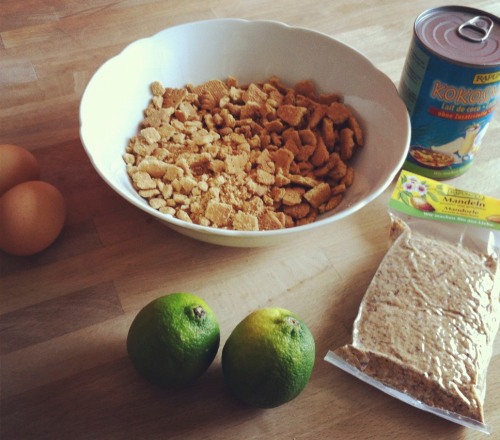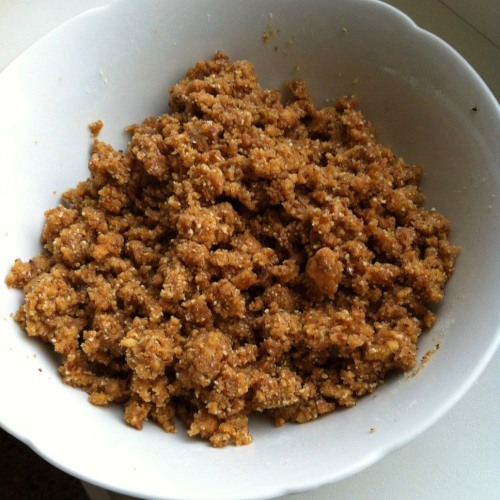Baking American Abroad
This is a huge topic and one I will most likely return to in the future. That is, baking like an American but living away from the United States.
The first problem is easy to overcome. Most recipes originating in the United States, whether in cookbooks, magazines, blogs or newspapers, come with distinct measurement systems: cups, ounces and sticks of butter, to name a few. Elsewhere in the world, the metric system rules and usually recipes are measured in weight, not volume. The good news is that most professional cookbooks and now many blogs publish recipes with both American/British home-cooking measurements and more universal standard measurements. Kitchen scales are precise and not so expensive, after all. When baking for myself in Europe, I tend to use a combination of these systems. Not ideal, but it works. When sharing recipes publicly, I try my best to offer both measurement systems. So that’s that.
The next problem is not so easy to overcome. American recipes rely on such beautiful ingredients as brown sugar, molasses, baking soda and vanilla extract, to name a few. Many of these are difficult, if not impossible to find in continental Europe, more specifically Berlin. Luckily I have managed to find a source for pure vanilla extract and do not have to rely on the entirely unsatisfying German substitute of “vanilla sugar”. Brown sugar is more difficult, as are the leavening agents like baking powder and baking soda. For the latter two, I am certain a decent replacement could be managed, but I haven’t yet mustered the patience to experiment with those tiny packets labeled “backpulver”.
So where does this leave me? With suitcases and carry-on bags filled with baking supplies every time I make the cross-Atlantic trip. Sustainable? No. Dangerous? Perhaps. Imagine trying to explain to a Homeland Security agent that those boxes of white powder in your shoulder bag are “just for baking”. Indeed. Since I have yet to find an alternative, that is how it will have to be. Needless to say, I don’t do much experimentation with ingredients like (dark) brown sugar. I need a good, solid, tried and true recipe before I devote an entire cup of the stuff to a baking endeavor. With the salty oatmeal raisin cookies below, I can be guaranteed that the investment will pay off.
The texture of these oatmeal cookies is rich and chewy, which is the way I like them most. I believe this is due to use of only dark brown sugar and not any regular granulated sugar. The sprinkling of sea salt at the end beautifully counteracts the sweetness of the raisins.
Recipe
Chewy Oatmeal Raisin Cookies with Sea Salt
1 cup (2 sticks, 8 ounces, or 225 grams) butter, softened
1 1/3 cup (250 grams) dark brown sugar, packed
2 large eggs, beaten
1 teaspoon vanilla extract
1 ½ cup (190 grams) all-purpose flour
1 teaspoon baking soda
1 teaspoon ground cinnamon
¼ teaspoon ground nutmeg
1/2 teaspoon table salt
3 cups (240 grams) rolled oats
1 1/2 cup (240 grams) raisins
sea salt (Fleur de Sel)
1. Preheat oven to 350°F (175°C).
2. In a large bowl, cream together the softened butter, dark brown sugar, beaten eggs and vanilla until smooth.
3. In a separate bowl, whisk the flour, baking soda, cinnamon, nutmeg and table salt together. Stir this into the butter/sugar mixture. Stir in the oats and raisins.
4. Chill the dough for at least ½ hour. It can also be more. Or you could even roll it into balls and freeze.
5. Scoop out 1-2 Tablespoon sized balls of dough (depending on how large you would like the cookies) onto a parchment-lined baking sheet, about two inches apart.
6. Bake cookies for 10 to 12 minutes. Remove from oven when they are golden on the edges but still a little undercooked on top. Immediately sprinkle a few flakes of coarse sea salt over each cookie. Leave them to sit on the hot baking sheet for a couple of minutes before transferring them to a rack to cool.



